You can trust Cyclingnews
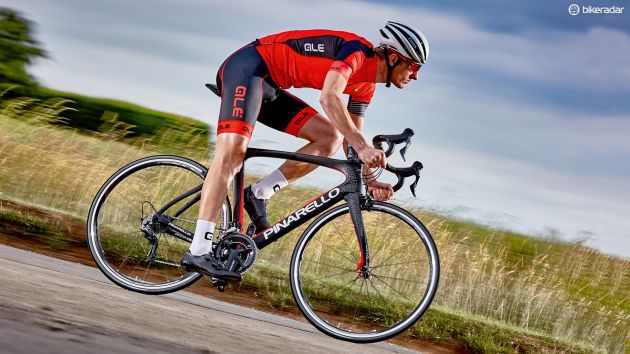
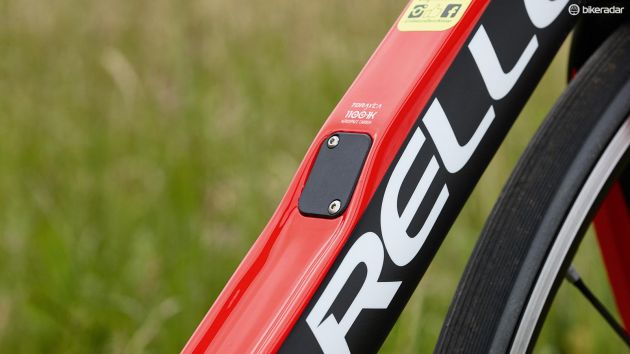
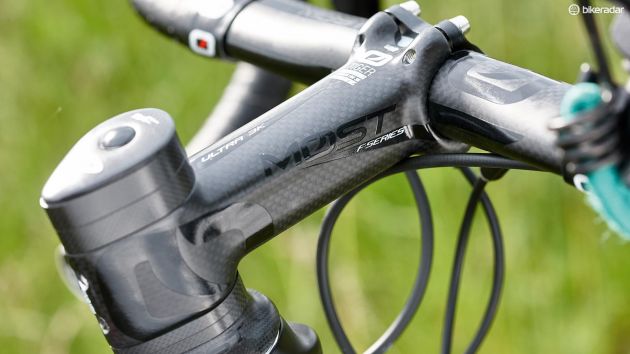
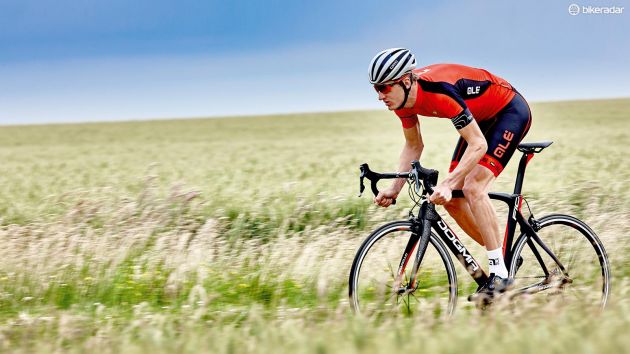
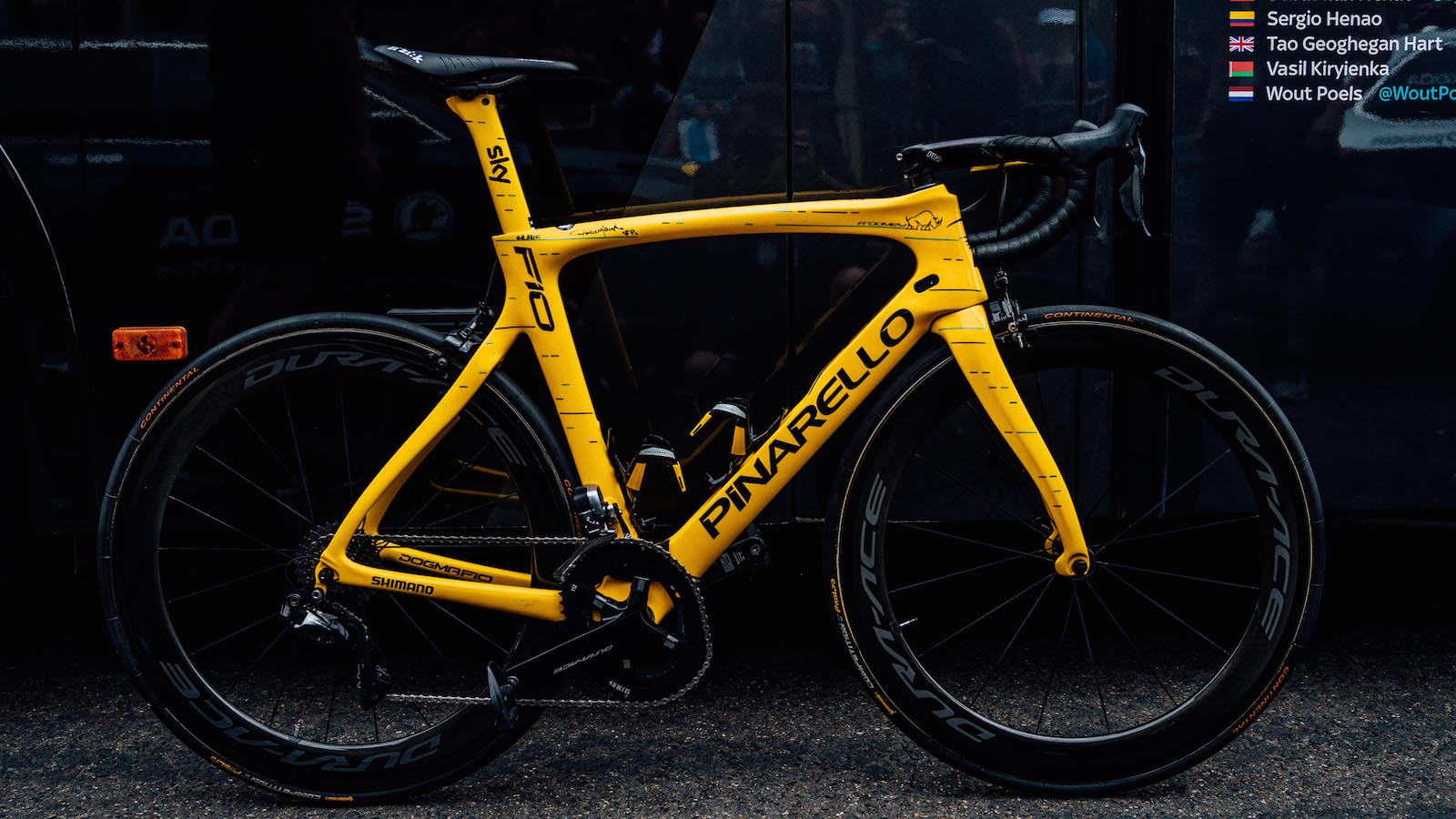
This article originally appeared on BikeRadar
Pinarello's F8, the bike that propelled Chris Froome to two Tour de France victories, and has over 90 professional wins to its name, is commercially Pinarello's most successful bike ever. The fact the brand has chosen to update the F8, to this F10, shows a fair bit of confidence from the Treviso brand.
- Highs: Sharp, snappy handling, refined ride
- Lows: Wheels not quite at the premium price level
- Buy if: You want a truly rewarding race bike and can afford the entry cost
At first glance, the differences between the two are subtle. The down tube has grown a little and the Onda forward-arching fork has gained small tabs behind the dropouts to help eliminate noisy airflow from this bit of bulky forward-facing material.
The reshaping of the down tube has come straight from the hour record-holding Bolide TT design. The blunted Kammtail-shaped tube now widens at its midriff, with a hollow on the top to shape around a water bottle.

The bar and stem from MOST help to alleviate road vibrations
Pinarello claims that there's a 12.6 percent aero gain over the F8, contributing to a 3–4 percent overall gain in aero performance. The top end of the bottle hollow now includes a slot, with a bolted cover, into which a Di2 e-junction box can be fitted, removing the need for the standard under-stem mounting.
The increase in volume in the down tube also means a more substantial connection at the bottom bracket to increase the overall stiffness. As a result of being able to reduce the amount of material used, Pinarello claims the frame's weight has dropped from 875g (53cm) on the F8 to an impressive 830g for the F10.
The fork and back end have been reshaped to more readily accept the trend towards wider tyres, with the brilliant 25mm Vittoria Corsa G+s leaving plenty of room to spare on my test bike.
Pinarello Dogma F10 ride impression
Aero gains are always nice to have and technology upgrades are all well and good, but I wanted to find the differences out on the road. Coming off the back of testing another F8 recently, I was seriously impressed with the F10. It rides better in pretty much every respect, and that's against an already-high benchmark.
The aggressive geometry on my 57.5cm model, with sharp, classic race bike angles makes the F10 a sweet-handling speedster. It's nimble to turn, snappy to accelerate and the ride position encourages hooligan behaviour.

The F10 can accept electronic Di2 with the junction box fitting under the cover in the down tube
It's smooth too, in part thanks to those Vittoria tyres and traditional aluminium Fulcrum Racing Zero wheels. The Fulcrums are one of the best all-alloy wheelsets around, but at just £850 a pair, they are a little under the level of what I expect on a bike costing £7,750. The chassis also brings much more refinement to the road.
My bike came with the latest mechanical Dura-Ace 9100, which is the finest mechanical group available right now, and I liked the endurance-friendly 50/34, 11-28 ratios. Some F10 customers will want to opt for a racier 52/36.
The semi-wing shaped MOST carbon bar takes plenty of sting out of the road and its 3K finish matches perfectly to the F-Series carbon stem.

The F10's ride performance really impressed me
You sit on a classic carbon-railed Fizik Arione saddle, which suits the bike well with its long, thin shape giving you plenty of room to move around.
The F10 is an improvement over the F8. Whether it's enough to make existing F8 owners want to change is moot, especially as the (high) pricing is so close as to be pretty much irrelevant.